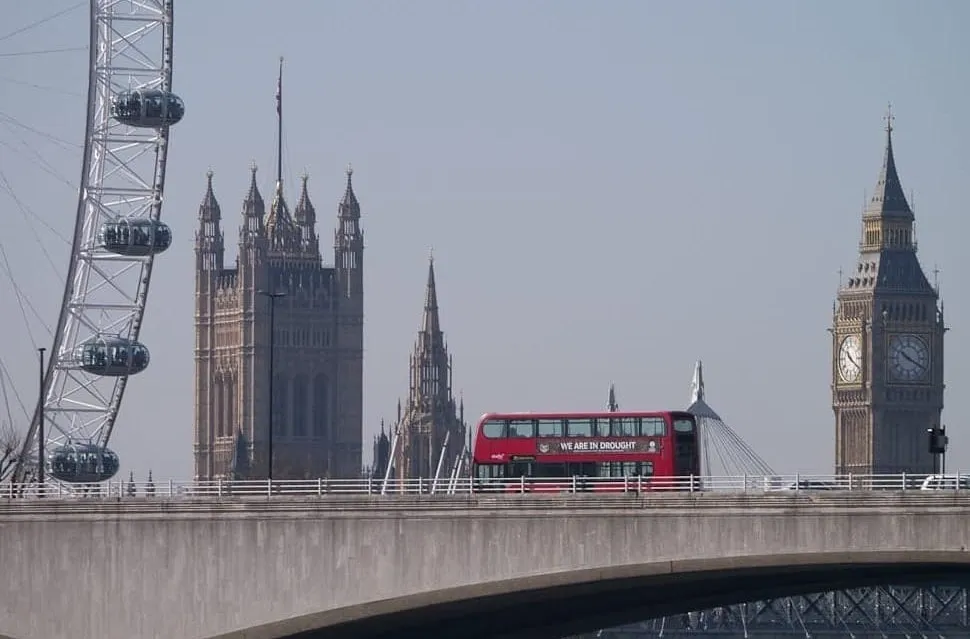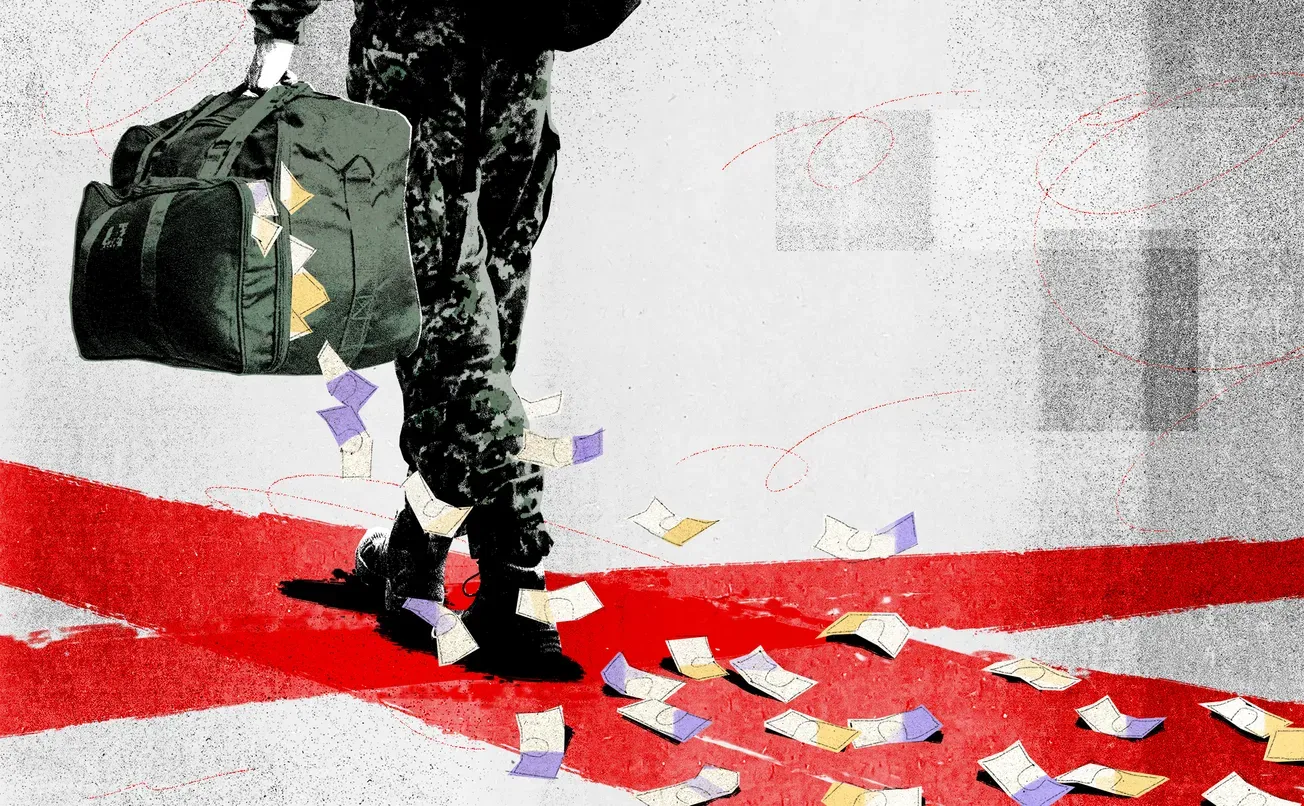To read today's explainer on where London's water is coming from (and going), you'll have to be a paying supporter of The Londoner. The good news? We're giving you 50% off your subscription for your first three months — just £4.95 a month. Becoming a member means you're at the forefront of a new media movement, as well as coming with loads of practical perks, such gaining access to all of our members-only content and getting invites to our members-only events. Act fast though, it can't stay forever.
According to the firefighters attending the scene on 19 July 2022, it was like driving into a “war zone”. They’d just arrived in Wennington, a small village on the outskirts of East London, where an out of control blaze was taking over the grassland and homes on all sides. John Singleton, a station commander from Soho who attended that day, called it “one of the worst days" in his 22-year career.
For the London Fire Brigade, the wildfires that summer had already become the biggest operation they’d dealt with since world war two. Caked in sweat and unable to take breaks, the firefighters were dealing with 1,146 incidents across London in 24 hours — and Wennington felt like the agonising frontline of that battle.
The cause? The city’s 40°C record heatwave and the ensuing drought; one so bad the city came perilously close to actually running out of water. Plans were drawn up to ban businesses from using water, to force offices to go uncleaned and to drain hotel swimming pools or local ponds.

But it was far from an aberration. Every summer since, there have been more droughts in the capital — spring 2025 was the driest in 132 years — and this year has seen a startling number of wildfires. Earlier this month, the government announced a countrywide “nationally significant” water shortage. Emergency meetings of the National Drought Group, a collection of politicians, civil servants and water company representatives, were called.
For a country famous to the point of cliché for its never-ending rain, the idea of drought feels odd. But increasingly, thanks to a failure to improve our water infrastructure and climate-change-driven weather shifts, London is drier than ever. With City Hall politicians warning that London could “run out of water” within 25 years, those fires in 2022 seem like a glimpse into the future of the capital.
But how did this happen? Why is AI involved? And how, conversely, is all this dry weather making London more likely to flood?
The problems
“I think that water scarcity is going to be the next climate change in about 10 or 20 years,” Dr Jonathan Paul, a hydrologist and lecturer at Royal Holloway University, says with grim conviction. “The amount of rain we've had in London so far this year has been less than most of Turkey; than Italy; than Dallas, Texas.”

Comments
How to comment:
If you are already a member,
click here to sign in
and leave a comment.
If you aren't a member,
sign up here
to be able to leave a comment.
To add your photo, click here to create a profile on Gravatar.






